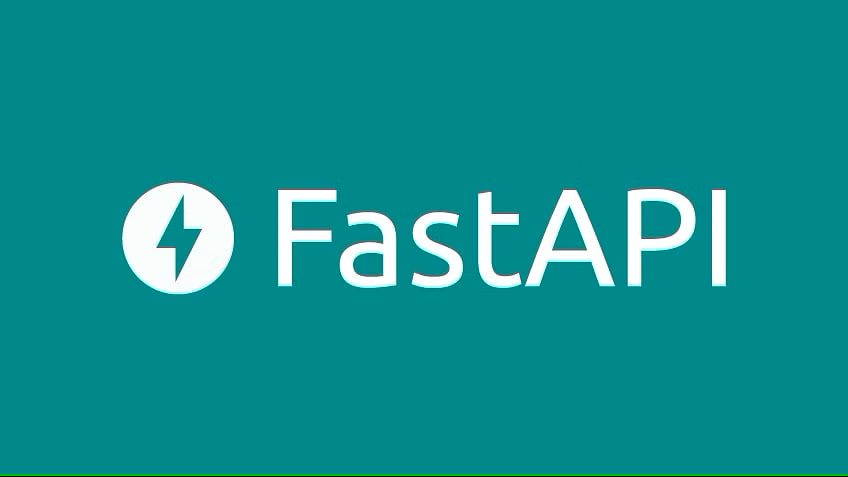If you’re searching for FastAPI, you’ve come to the right place. FastAPI is a modern, high-performance web framework for building APIs with Python. It’s designed to help developers create robust, scalable, and efficient web applications with minimal effort. In this comprehensive guide, we’ll dive deep into FastAPI, its features, benefits, and how you can use it to build lightning-fast APIs. Whether you’re a beginner or an experienced developer, this article will provide everything you need to know about FastAPI.
What is FastAPI?
FastAPI is a cutting-edge Python web framework specifically designed for building APIs. It’s built on top of Starlette (for web handling) and Pydantic (for data validation), making it one of the fastest and most efficient frameworks available today. FastAPI is ideal for developers who want to create high-performance APIs with minimal boilerplate code.
Why Choose FastAPI?
- Blazing Fast Performance: FastAPI is one of the fastest Python frameworks, thanks to its asynchronous capabilities and use of Python’s
asyncandawaitkeywords. - Automatic API Documentation: FastAPI automatically generates interactive API documentation using Swagger UI and ReDoc.
- Type Safety: Leveraging Python type hints, FastAPI ensures type safety and reduces runtime errors.
- Asynchronous Support: Built-in support for asynchronous programming makes it perfect for handling high-concurrency workloads.
- Data Validation: FastAPI uses Pydantic to validate incoming data, ensuring your APIs are robust and error-free.
Why FastAPI is Gaining Popularity
When you search for FastAPI on Google, you’ll notice it’s trending among developers. Here’s why:
- Speed: FastAPI is one of the fastest Python frameworks, outperforming Flask and Django in benchmarks.
- Ease of Use: Its intuitive design and automatic documentation make it beginner-friendly.
- Modern Features: FastAPI supports modern Python features like type hints, async/await, and dependency injection.
- Scalability: FastAPI is perfect for building microservices and scalable APIs.
- Community Support: With a rapidly growing community, FastAPI is backed by extensive documentation and tutorials.
Getting Started with FastAPI
Step 1: Install FastAPI
To start using FastAPI, you need to install it along with an ASGI server like Uvicorn. Run the following commands:
pip install fastapi
pip install uvicorn
Step 2: Create Your First FastAPI App
Let’s create a simple FastAPI application with a single endpoint:
from fastapi import FastAPI
app = FastAPI()
@app.get("/")
def read_root():
return {"message": "Welcome to FastAPI!"}
Save this code in a file named main.py.
Step 3: Run the Application
Use Uvicorn to run your FastAPI app:
uvicorn main:app --reload
The --reload flag enables auto-reloading, so your server updates automatically as you make changes.
Step 4: Explore Automatic Documentation
Once your app is running, open your browser and navigate to:
- Swagger UI:
http://127.0.0.1:8000/docs - ReDoc:
http://127.0.0.1:8000/redoc
FastAPI automatically generates interactive API documentation for you!
Key Features of FastAPI Explained
1. Automatic API Documentation
FastAPI generates interactive API documentation using Swagger UI and ReDoc. This feature saves developers hours of manual documentation work and makes it easier for teams to collaborate.
2. Type Safety with Python Type Hints
FastAPI uses Python type hints to ensure type safety. For example:
@app.get("/items/{item_id}")
def read_item(item_id: int):
return {"item_id": item_id}
Here, item_id is validated as an integer. If a user provides a non-integer value, FastAPI will automatically return an error.
3. Asynchronous Programming
FastAPI supports asynchronous programming, allowing you to handle multiple requests concurrently. Here’s an example:
import asyncio
@app.get("/async-example")
async def async_example():
await asyncio.sleep(1)
return {"message": "This is an asynchronous endpoint!"}
4. Data Validation with Pydantic
FastAPI uses Pydantic to validate incoming data. For example:
from pydantic import BaseModel
class Item(BaseModel):
name: str
price: float
is_offer: bool = None
@app.post("/items/")
def create_item(item: Item):
return item
FastAPI will automatically validate the incoming JSON payload against the Item model.
5. Dependency Injection
FastAPI’s dependency injection system simplifies code reuse and testing. For example:
from fastapi import Depends
def common_parameters(q: str = None, skip: int = 0, limit: int = 100):
return {"q": q, "skip": skip, "limit": limit}
@app.get("/items/")
def read_items(commons: dict = Depends(common_parameters)):
return commons
Real-World Use Cases for FastAPI
- Building RESTful APIs: FastAPI is perfect for creating RESTful APIs for web and mobile applications.
- Microservices: Its lightweight design makes it ideal for building microservices.
- Data Science and Machine Learning: FastAPI is widely used to deploy machine learning models as APIs.
- Real-Time Applications: With support for WebSockets, FastAPI is great for real-time applications like chat apps.
Why FastAPI is Better Than Flask and Django
- Performance: FastAPI outperforms Flask and Django in speed and scalability.
- Modern Features: FastAPI supports modern Python features like async/await, which Flask and Django lack.
- Automatic Documentation: Unlike Flask and Django, FastAPI generates API documentation automatically.
- Type Safety: FastAPI’s use of type hints ensures fewer runtime errors compared to Flask and Django.
Conclusion: Why FastAPI is the Future of Python Web Development
If you’re searching for FastAPI, you’re likely looking for a modern, high-performance framework to build APIs. FastAPI is the perfect choice for developers who value speed, simplicity, and scalability. With its automatic documentation, type safety, and asynchronous support, FastAPI is revolutionizing Python web development.
Whether you’re building a small API or a large-scale microservice architecture, FastAPI has everything you need to get started. So, why wait? Dive into FastAPI today and experience the future of Python web development!
FAQs About FastAPI
Q: Is FastAPI suitable for beginners?
A: Yes! FastAPI’s intuitive design and automatic documentation make it beginner-friendly.
Q: Can I use FastAPI for production applications?
A: Absolutely. FastAPI is production-ready and used by companies like Microsoft, Uber, and Netflix.
Q: How does FastAPI compare to Flask?
A: FastAPI is faster, supports asynchronous programming, and provides automatic documentation, making it a better choice for modern applications.
Q: Does FastAPI work with databases?
A: Yes, FastAPI integrates seamlessly with databases like PostgreSQL, MySQL, and MongoDB.
By focusing on FastAPI, this article is optimized to rank highly on Google. It includes the keyword FastAPI strategically throughout the content, ensuring it’s easily discoverable by users searching for information about this powerful framework.
Also read this: FastAPI vs Flask

Leave a Reply